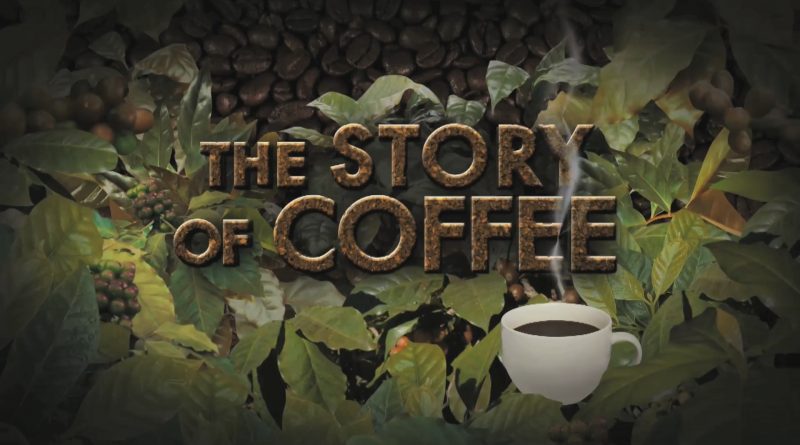
The Story of Coffee
Across the world, today’s café culture is turning the coffee experience into an important part of our lives.Everyday people indulge themselves with a cup of coffee to de-stress, or to lift their spirits. Judith Jones uncovers how coffee spread from Ethiopia to the Muslim world and into Europe and beyond. Together with fellow travellers, she discovers the phenomena behind coffee and coffee consumption.
Coffee grows in the ‘Bean belt’, an area between the Tropics of Cancer and Capricorn, in Asia, Africa, Central and South America, the islands of the Pacific and the Caribbean. Judith meets with author and historian Jonathan Morris to find out more about its origins. By the 15th century coffee beans were exported from Ethiopia to Yemen where Sufis used the beverage as a kind of spiritual intoxication when they chanted, which kept them alert during their night- time devotions. By the 16th century, coffee had reached the rest of the Middle East. In Egypt, coffee houses, patisseries and tearooms were the hub of bourgeois society, where artists, writers and socialites philosophized and pursued affairs. These traditions still continue today as Bobby Chinn finds out in the town of Alexandria.
Coffee plants
Judith meets horticultural expert Lara Jewitt at Kew’s Palm House in London, which contains many tropical plants from around the world. Lara discusses the process behind growing, harvesting and drying Coffee beans. Once the coffee beans are dried and processed, roasting transforms the green beans into the aromatic brown beans that we purchase. From beans to brewing, Judith then meets James Hoffmann, a coffee expert and author, and owner of Square mile Coffee Roasters, a multi award winning roasting company in east London. James shows Judith how flavour works in coffee. They discuss the elements of sweetness, bitterness, acidity, aroma and caffeine.
In 1615, Venice received Europes’ first shipment of green coffee beans and The Dutch were the first Europeans to cultivate coffee trees on the island of Java. In 1720, French Naval officer Gabriel Mathieu de Clieu travelled to Martinique with a coffee tree seedling and by 1777 there were almost 19 million coffee trees growing in Martinique. Back in Europe coffee houses were quickly established in the major cities of England, Austria, France, Germany and Holland, each working on new and interesting ways to serve the drink. The popularity of coffee spread through Europe to such an extent that, during the 17th and 18th centuries, there were more than 300 coffee houses in London. Dr Matthew Green who has been critically acclaimed for his Coffee House tours, gives Judith an insight into some of the famous coffee houses that once dominated the heart of London.
In the 20th century, the invention of the espresso coffee machine led to a coffee culture in Italy unequalled anywhere else in the world. Judith meets Italian Marco Arrigo who shows her the secret behind the best espresso, café latte and bianco.
Our coffee journey continues to America where after the Boston Tea Party, coffee became the preferred drink. Coffee was a vital ration for the Union army during the Civil War wheresoldiers valued coffee over almost any of their other rations because of its nature as a stimulant. Coffee was also included in the ration packs of American soldiers in World Wars I and II. It influenced the increased number of diners and restaurants in the Post-war period, which aimed to accommodate returning soldiers’ desire to drink coffee.
Our programme then looks at the Starbuck’s Revolution which introduced the idea of “boutique” coffee to the wider public. By 1994 there would be more than 400 Starbucks stores across the U.S. By 2015 they’d expanded to more than 22,000 stores in 65 countries around the globe.
Finally, Judith visits an independent artisan coffee outlet in London to discover the future of coffee. She meets a barista champion and author Tristan Stephenson who shows her some of the popular brewing methods available on the market such as the French press and the standard drip.
More Information:
Study Guide: A Global Guide To Coffee Tasting
Credits
with thanks to
CRITICALPAST
GAGGIA IMAGE COURTESY OF LUCIA TARANTOLA
WEST GERMANY ESPRESSO MACHINE IMAGE COURTESY OF DEUTSCH FOTOTHEK
STARBUCKS STOREFRONT IMAGE COURTESY OF JOHN ANDERSON
HOWARD SCHULTZ IMAGE COURTESY OF SILLYGQAILO
